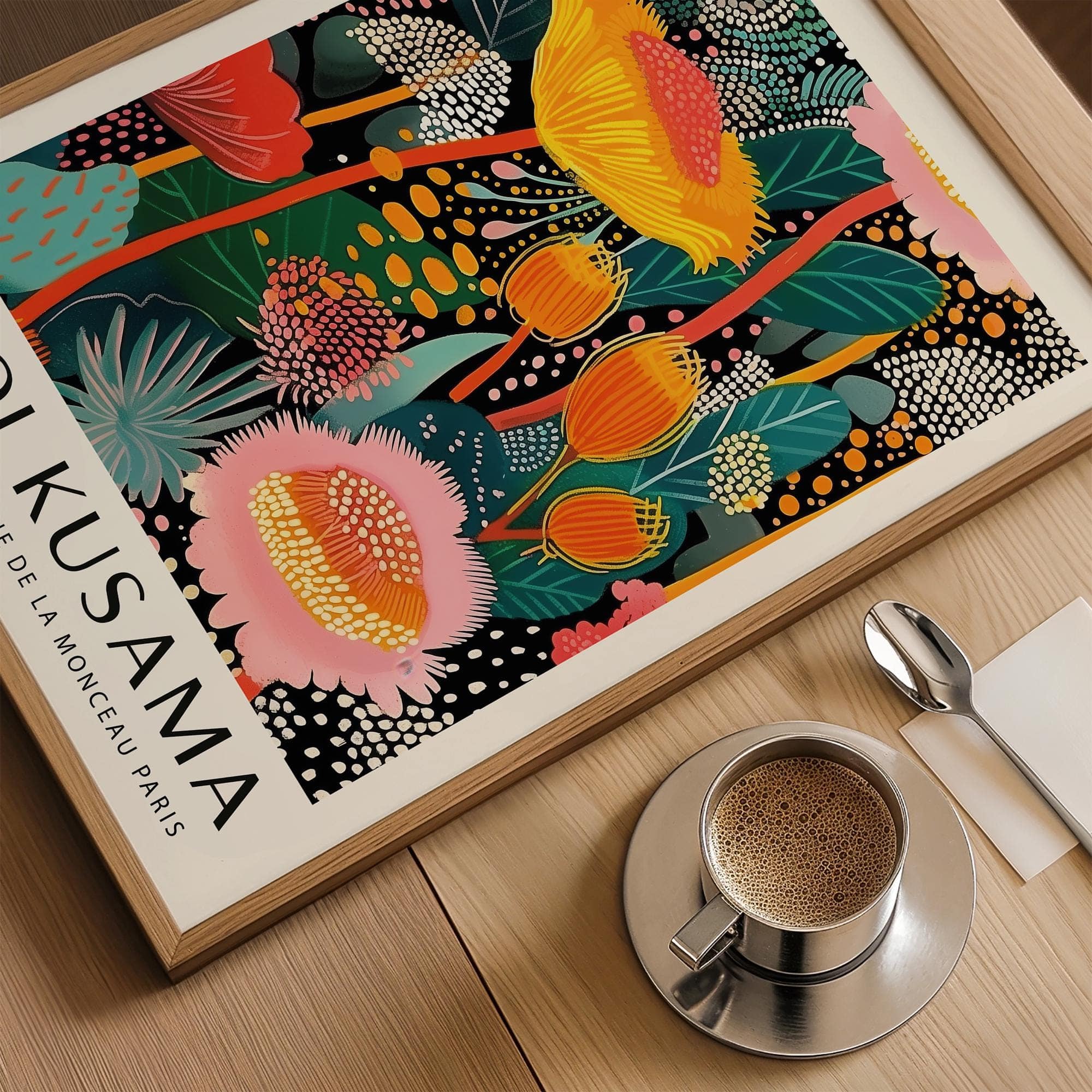Japanese Art Prints for Small Spaces
Small spaces come with both challenges and creative opportunities. Whether you're styling a studio apartment, a compact hallway, or a cozy reading nook, Japanese art prints offer a quiet, meaningful way to enhance your space without overwhelming it. With their clean lines, nature-based themes, and minimalist compositions, they add interest and depth—even when you’re working with limited wall area.
Why Japanese Prints Work So Well in Small Rooms
Japanese design centers on the idea of simplicity and balance—making it naturally suited to compact interiors. The artwork often features soft brushwork, uncluttered subjects, and asymmetry, all of which create visual flow without adding bulk. Rather than dominating a wall, Japanese prints create a sense of calm, encouraging you to pause and observe.
Many pieces also incorporate natural elements like water, birds, trees, or mountains. These motifs bring a sense of openness and airiness to even the most confined rooms.
Choosing the Right Size
When decorating a small space, scale is everything. Opt for prints that are proportionate to the wall area. Here are some size suggestions:
- 8x10” or A4: Ideal for desktops, shelves, or narrow walls
- 12x16” or A3: Works well above nightstands or as part of a small gallery wall
- Vertical scrolls: Great for narrow entryways or between windows
You can find prints in these sizes—and many others—in our Japanese art prints collection.
Single Pieces vs. Small Groupings
One well-placed artwork can be more impactful than a group in small spaces. Try a single vertical print in a hallway or a landscape piece above a desk. If you do want to hang multiple prints, keep the grouping tight—2 to 3 pieces with consistent spacing and matching frames. Align them by their centers or edges for a clean look.
Floating shelves are another good solution. Leaning a small framed print against the wall adds flexibility and avoids extra holes—especially helpful for renters.
Framing and Color Choices
Stick with slim, neutral-colored frames to keep the visual weight light. Thin wood, white, or black borders are ideal. Avoid chunky or decorative frames, which can feel heavy in tight quarters.
As for the artwork itself, choose prints with soft colors—blues, greys, dusty pinks, or greens—that reflect light rather than absorb it. Bold or saturated pieces may feel overwhelming if the room lacks natural brightness.
Where to Place Prints in Small Spaces
Japanese art prints can fit into all kinds of overlooked corners and transitional areas:
- Above a desk: Choose a calm, horizontal print for visual rest
- In the entryway: A single crane or bamboo print sets a gentle tone
- Next to the bed: A vertical blossom or ink brush piece adds calm without distraction
- On shelves: Lean small prints behind books or ceramics for layered styling
Even a bathroom or laundry nook can benefit from a small, water-themed Japanese print—just ensure it’s framed and sealed to avoid moisture damage.
Using Negative Space to Your Advantage
One of the strengths of Japanese art is its use of negative space. Don’t feel pressured to fill every wall. Let the art breathe. A single piece hung with care will often feel more balanced than several crammed together.
This concept—leaving space intentionally—is part of ma, a Japanese design principle that emphasizes the value of what isn’t there as much as what is. Apply this by allowing for visual pauses around your artwork. It gives the eye a place to rest and highlights the simplicity of the print.
Final Thoughts
Japanese art prints are a thoughtful solution for small spaces. Their quiet designs, nature-based themes, and balanced compositions help transform even the tightest areas into places of calm. With the right size, placement, and intention, your small space can feel complete, centered, and full of meaning—without the need for excess.














































